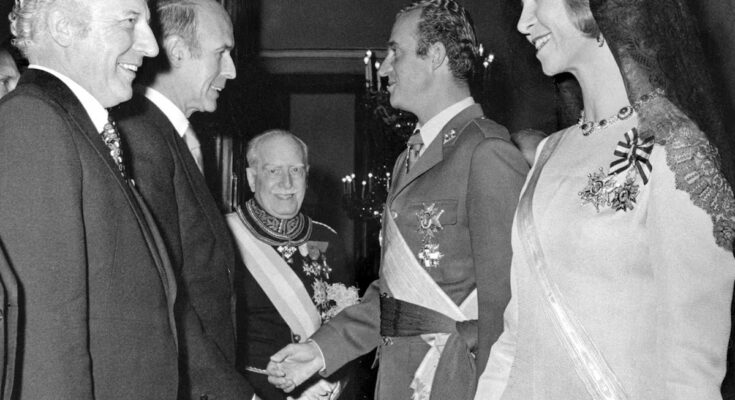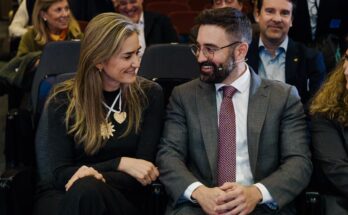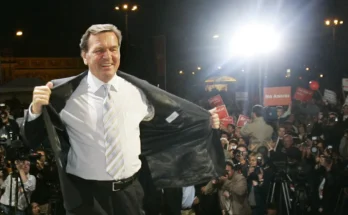November 5, 1975. Franco was dying. Henry Kissinger, US secretary, sent a cable to the ambassador to Spain, Wells Stabler, with instructions on “the position of the United States during the transition”: to favor gradual political changes “toward a more open and plural society”; the transition should be in the hands of the “conservatives”; Communist participation in a future government would be “harmful” and “damage ties with the United States and Western European institutions.” Furthermore, Kissinger hoped that Western European countries would attend Franco’s funeral and Juan Carlos’ coronation “as a positive assessment of the future, not in terms of recriminations about the past.”
On the 23rd of the same month, three days after Franco’s death, the authorities of the European democracies were not present at the solemn mass in the Plaza de Oriente, presided over by the new kings of Spain. Among the foreign leaders, the gray cloak of General Augusto Pinochet stood out, together with that of his wife Lucía Hiriart; King Hussein of Jordan; Rainier of Monaco and the Philippine first lady, Imelda Marcos. The great friendly nation, which had supported Franco around the world since 1950, was represented by Vice President Nelson Rockefeller: “Spain will have the steadfast friendship and support of the United States as it enters this new era in its long history.”
There were no democratic politicians, even though in those days of agony, mourning and uncertainty dozens of correspondents from the main international media went to Madrid. Spain and the entire Mediterranean area, after the fall of the dictatorships of Portugal and Greece the previous year, then constituted an essential geostrategic scenario, with very clear economic, political and military interests for the most advanced capitalist countries and members of NATO.
Franco had been “the dictator of law and order”, ran the headline on November 21st The times, founded in 1785 and recognized as one of the most influential newspapers in the universe. According to the report that Harold Sieve published on the same day in the other historic British conservative newspaper, The Daily Telegraph, “during a third of the century Franco was Spain; and Spain was Franco.” That press of the wealthy classes proposed, on the occasion of the dictator’s death, the same photograph, the same features, that he had created after the Civil War: “The model of the correct, sober, devoted and professional, severe soldier, who minds his own business and shows a marked disgust for the political intrigues that were the daily bread of his fellow officers”.
Franco had already passed. “The last fascist”, reads the title The sun. A “monster”, as he himself defined it, died Morning star Sam Russell, who had fought against him on Spanish soil with the International Brigades. And the immediate future is very uncertain, although for the conservative media it should be in the hands of Juan Carlos, in the construction of a democratic monarchy, while Caretaker raised more doubts about his figure, because until then he had been “Franco’s creature and his shadow”. In the comparison he made The Telegraph newspaper Physical appearance also counted: the short man with the high-pitched voice left, the tall, athletic man arrived.
A few weeks later, on January 23, 1976, Wells Stabler sent Henry Kissinger a report on the Secretary of State’s visit to Madrid two days later. The “restoration” of Juan Carlos had been an “invention” of Franco, but the new king “keeps in mind the example of Constantine, his brother-in-law, and knows that the few monarchies that last are constitutional and democratic”.
The granite slab covering Franco’s tomb was very heavy. He would not return, but no one dared to predict what would happen after such a prolonged authoritarian rule.



